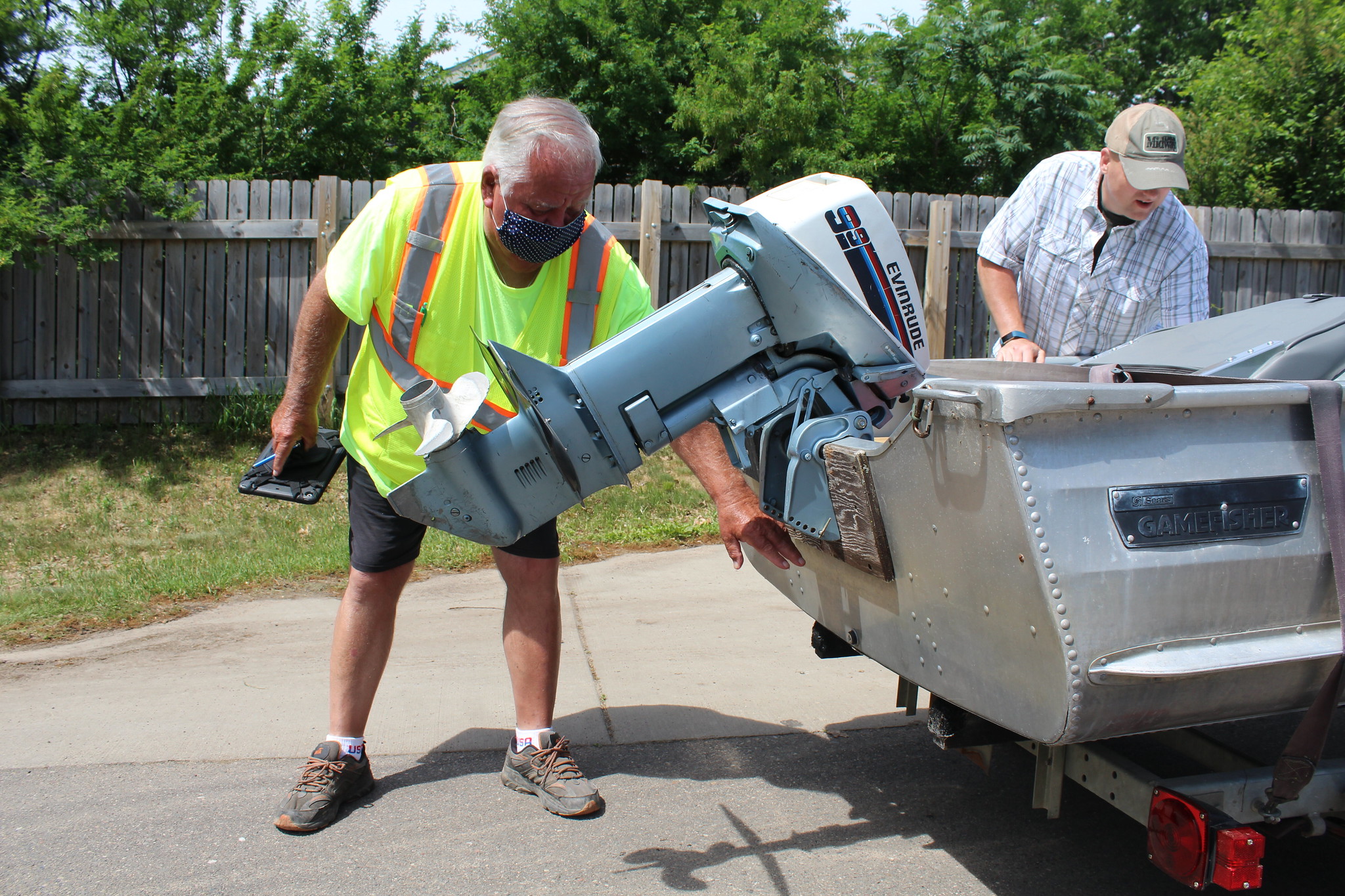
It is imperative that evidence-based decision support tools are developed to provide managers with real-time evaluation of hypothetical scenarios within the safety of a mathematical model, prior to implementation on the landscape. This project will develop tools for Minnesota and Wisconsin to assess the economic costs of implementing a range of prevention strategies that will most effectively reduce the spread of aquatic invasive species.
More specifically, the project will build on previous research that has developed highly robust mathematical models to forecast the invasion of aquatic invasive species through boater and water networks. The network models will allow researchers to determine the effects of different numbers, types, and locations of interventions. For example, the team will be able to experimentally locate different interventions with a range of demonstrated effectiveness at different points system-wide or local) within the network. The subsequent outcome of each modified multi-layer model will provide the probability of future infestation for every lake within each state - perhaps better or worse under the hypothetical scenario. Researchers will also model the economic outcomes of this approach by determining the costs and benefits of interventions, thus creating a linked economic-ecological model that describes how limited financial resources can be best used to prevent the spread of AIS. This approach will provide managers with increased confidence in their decisions, improve public buy-in and transparency, and ultimately prevent further damage to our critical water resources caused by future invasions of aquatic invasive species.
